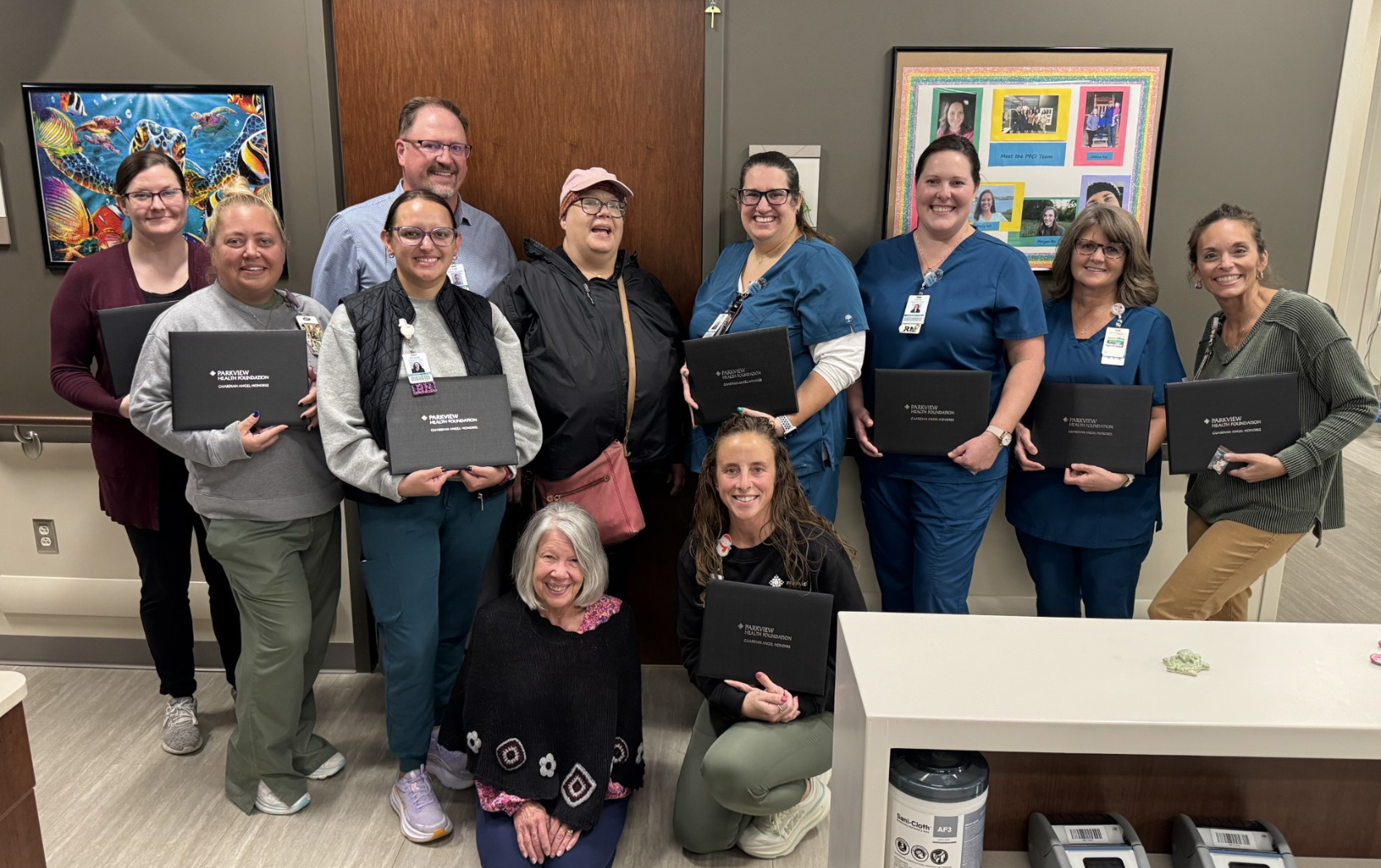When imaging indicates something might be atypical in the tissue, most patients will be ordered to undergo a biopsy to get to the bottom of the issue. We invited Lindsay Hardley, DO, PPG – Oncology, Breast Care Team, to explain the process and what physicians are looking for.
When is a biopsy necessary?
A biopsy is recommended if, a mammogram or ultrasound, there’s anything your care team is uncertain about. They will recommend retrieving a tissue sample.
What is the biopsy process?
Sometimes the biopsy is done in radiology, sometimes in the physician’s office. Once you’re comfortable, the physician will use an ultrasound to find the lesion of concern. They will numb the skin, which will feel like a small pinch and burn, and then, using the ultrasound to guide them, use a device to get a sample of tissue. It is not painful, but you will feel some pressure.
What is the goal of a biopsy?
When we do imaging, we can only see what the tissue looks like. By getting a sample, we can look at abnormal cells and confirm they are normal or that they are worrisome. If there is evidence of cancer, then we can make a plan.

Are there any issues after the procedure?
The procedure leaves only a very small skin nick. Most patients don’t have any bruising and the skin will heal in a day.
What are the possible results?
Once we’ve sent off the sample, a pathologist will look at it, and they will call with results typically within a few days. We’re looking for cancer, non-cancer or anything atypical in between.
If the results come back as cancer or something atypical, our team will come together and plan a treatment unique to you. Remember, your diagnosis is different than the next person’s so your treatment plan will be individualized based on the cells we see and the biopsy results.
If the cells are benign, you still need a mammogram the next year. Follow up with your primary care provider and continue regular screenings so you have that peace of mind.



